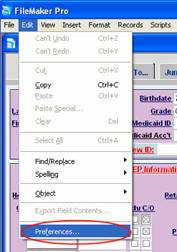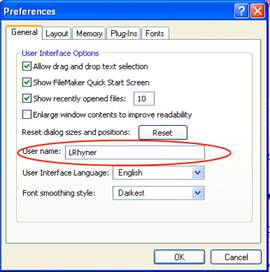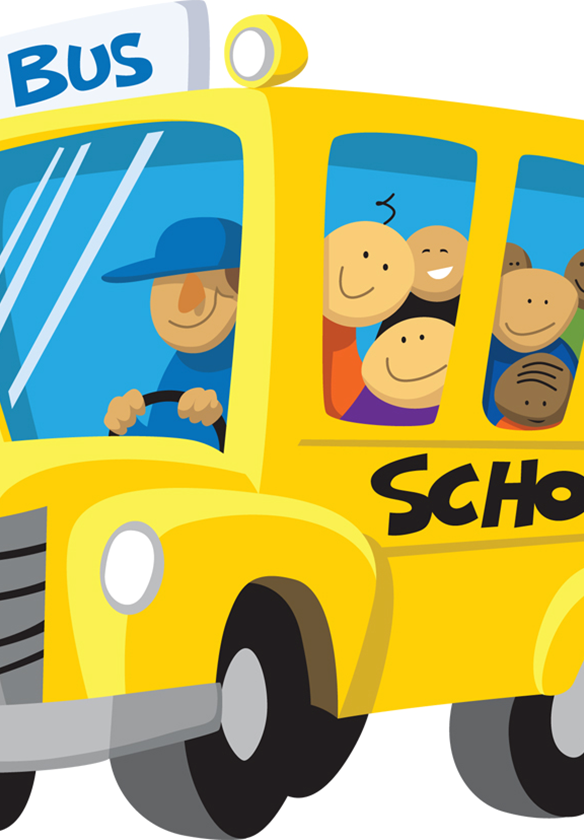(from www.Sandbox-Learning.com)
The transition from a break back to school can be difficult for children. Professionals and parents can make the return easier with a few simple strategies.
1. Review Classroom Rules and School Policies – One of the first things to do when children return to school is to review all of the classroom and school rules. Time spent focusing on classroom structure and schedules can reduce problems later. Remind children of expectations for how to treat classmates, complete work, and follow schedules. Remind children of any reward system and let them know where rules are posted and who to ask if there are questions about the rules.
2. Introduce Any Changes – Clearly explain any changes that have happened since the break. Examples are staff changes, schedule changes, or even room arrangements that may surprise children. Be sure to indicate how the change affects them. Introducing changes helps prepare children and reduce stress related to new situations.
3. Let Children Play a Role – Children can help review the rules by participating in activities. For example, they can help create a new rules poster by writing or drawing examples of how to follow the rules. Another activity is to assign a rule or school policy to small groups of students and have them write and perform a short play about it. By participating in the process children are reviewing and taking ownership in the rules.
4. Review and Reinforce Repeatedly – Children can be very excited to see friends and be back in school. Be sure to set time aside to review rules repeatedly the first few days back after a break. Children may need extra reminders in written or picture format if they have a hard time remembering specific rules. When children are doing a good job completing work, following a schedule, or acting appropriately, reinforce their behavior. Clearly indicate what they did correctly so they can continue the behavior. For example, “James, I like the way you remembered to raise your hand to get my attention.”
5. Keep Everyone Informed – Parents and professionals should make each other aware of changes in settings so children have consistent support and understanding across environments. Professionals should send a set of classroom and school rules home for parents to review with children and prepare them for returning from break. Parents also should be aware of any significant school policy changes or classroom changes. Parents should keep professionals informed of any significant changes at home such as health issues, sleeping changes, or family difficulties that may affect how the child performs in school. Information sharing can ensure children have the understanding and support they need between environments.
Don’t be fooled! These strategies are not just for use with elementary students. Some of the easiest behaviors to prevent come from the misperception that a middle or high school student knows a routine or an expectation that they don’t actually know!



